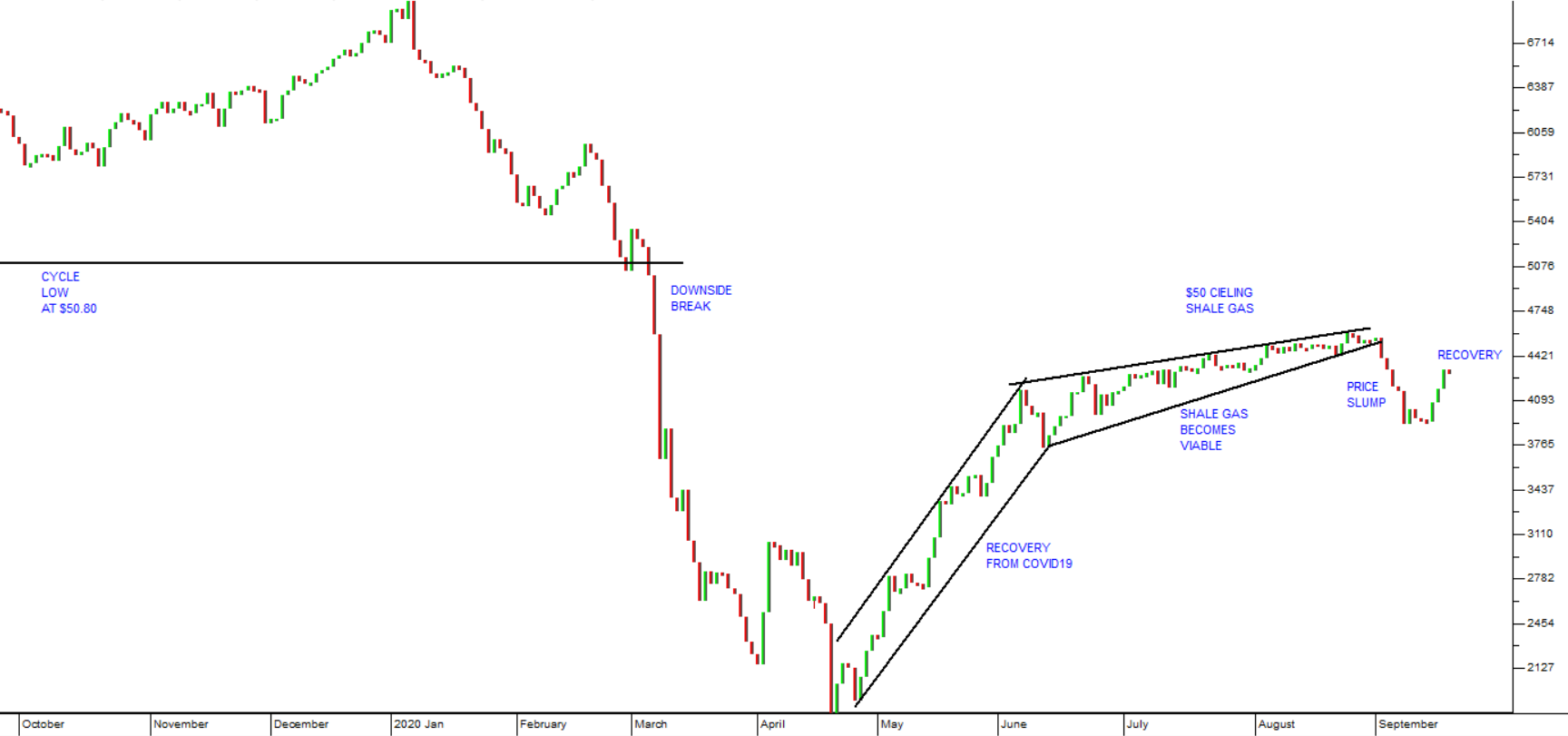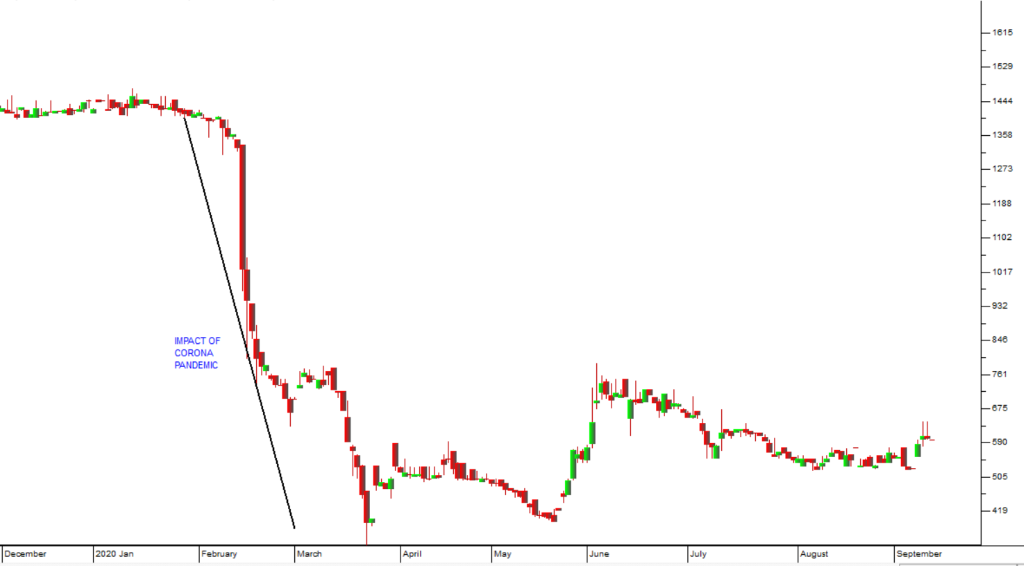The Relationship between Fundamental and Technical Analysis
27 September 2020 By PDSNETThere are generally two approaches to share assessment – fundamental and technical analysis. The fundamentalist is trying to answer the question, “How good will the company be as a generator of dividends in the future?” while the technician is looking for patterns in the share’s price and volume charts to improve his predictions of where the share price will go next. Both approaches have their merits and they are linked together.
Fundamental analysis strives to forecast the future dividends of a share and then discount them into today’s money. That discounted value can then compared to the share’s price in the market to determine whether it is cheap or expensive. Consciously or subconsciously, every investor adjusts his perceptions of the current value of a share based on the company’s potential for generating future profits and hence dividends.
For example, suppose you are considering buying a gold share which is trading in the market for R10 on Friday – and then the gold price drops by $50 an ounce over the weekend. Will you still be willing to pay R10 for it on Monday? Certainly not. You and all the investors who are considering this share will automatically adjust their perceptions of its value downwards because its future potential profitability has been reduced. While you may not have constructed a specific forecast of future dividends and then reduced that to a current value, you have intuitively discounted its potential into a lower present value – and so has everyone else.
In fact, if you can make a capital gain on a share then it is because the person who buys it from you has a higher perception of the value of its future dividends than you had when you bought it. A capital gain is just the dividend in a different form. It comes about because of a shift in group perceptions of the future dividend flow. The market price of a share, at any moment in time, is the average of all investors’ conscious or sub-conscious discounted cash flows of the future dividends of that company.
Let us imagine for a moment that you have a time machine and you can travel forward into the future. By doing that, you establish that your forecast of the future dividends of the company is 100% correct. You then return to today’s time and you see all the other investors desperately trying to predict that future flow of dividends – but you now know the truth. You know exactly what the future dividends will be – and that enables you to accurately calculate the share’s real value.
With that thought in your head, we can define fundamental analysis as the search for the share’s real value and technical analysis as the study of investors’ perceptions of the real value – as it is reflected in the share’s price and volume pattern. In other words, there are two types of investors out there. There are conservative people like stockbrokers and institutional fund managers who say that they will not buy a share unless they can see the real value – and then there are others who say the real value does not matter. What matters is what people think the real value is. There is the reality and the perception of the reality – and obviously those two are inter-related because changes in the fundamental facts about a share will impact on investors’ perceptions of it.
This understanding is a framework onto which you can hang everything which you learn, both fundamental and technical, about the share market.
DISCLAIMER
All information and data contained within the PDSnet Articles is for informational purposes only. PDSnet makes no representations as to the accuracy, completeness, suitability, or validity, of any information, and shall not be liable for any errors, omissions, or any losses, injuries, or damages arising from its display or use. Information in the PDSnet Articles are based on the author’s opinion and experience and should not be considered professional financial investment advice. The ideas and strategies should never be used without first assessing your own personal and financial situation, or without consulting a financial professional. Thoughts and opinions will also change from time to time as more information is accumulated. PDSnet reserves the right to delete any comment or opinion for any reason.
Share this article:



